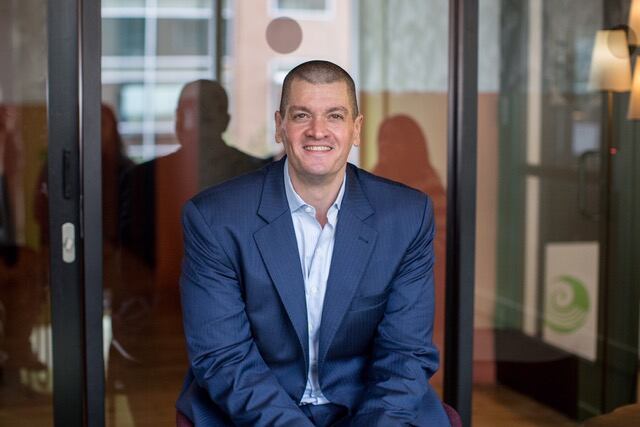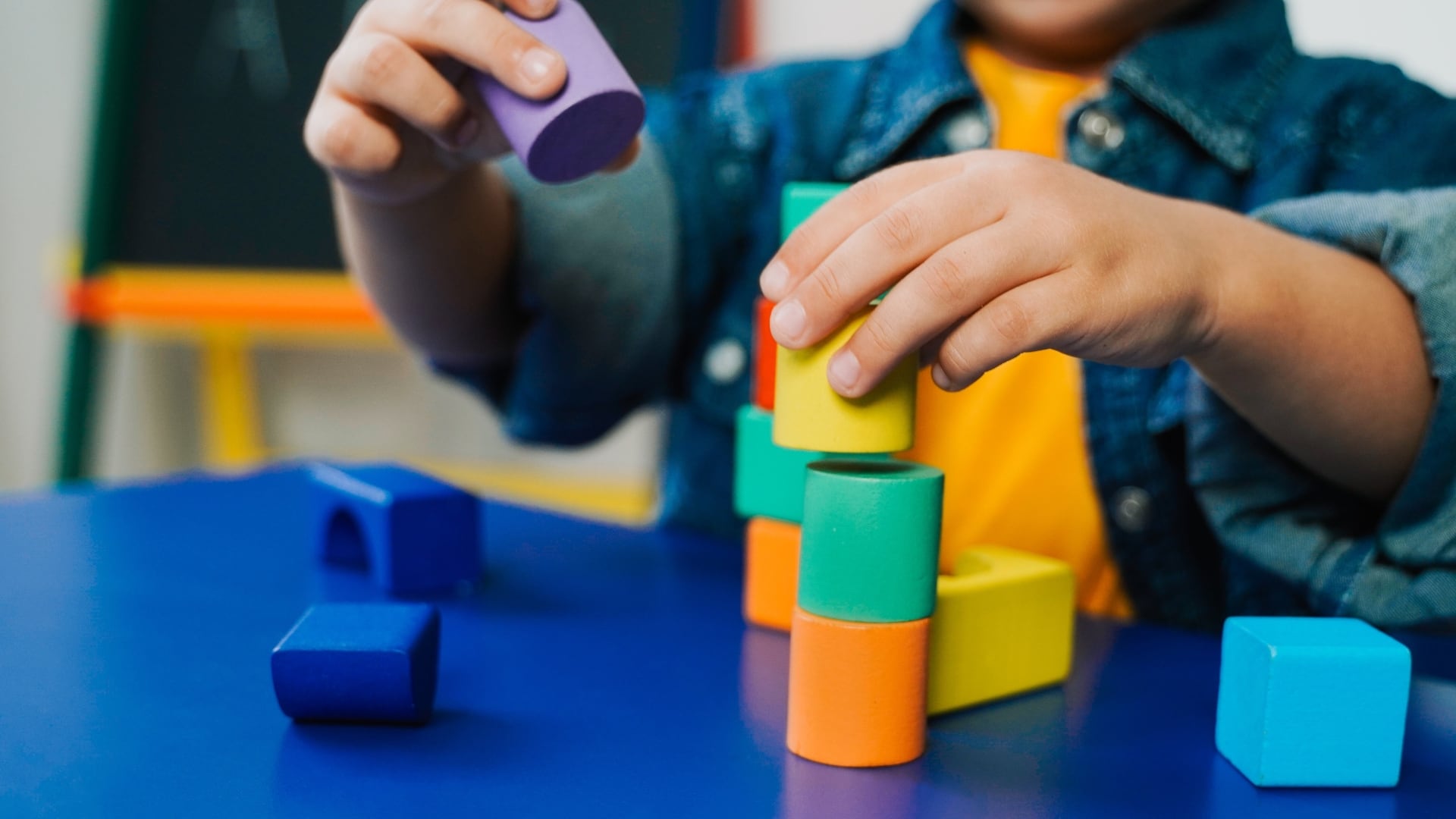From White House press briefings where top officials offer contradictory advice to social media feeds riddled with incorrect or competing information, the coronavirus pandemic has become a communications challenge as much as a health care crisis.
For those who are deaf or hard-of-hearing, the problem is made worse by a lack of resources at every level of government, as well as within the healthcare system, according to Chris Soukup, CEO of Communication Service for the Deaf (CSD).
To this day, he said, there are no language interpreters at White House press briefings.
"We've seen a lot of mayors, a lot of governors that have included that practice momentarily and have been very responsive," Soukup told Cheddar. "We've had some challenges in creating that same awareness in the White House."

The U.S. Census estimates that 11.5 million people in the country are hard-of-hearing or deaf, and calls to better serve this population have grown amid the pandemic.
In some cases, lawsuits have forced the hand of elected officials. New York Governor Andrew Cuomo, who has been praised for his leadership during the outbreak, did not include an interpreter in his briefings until four deaf New Yorkers sued his administration in April, claiming that he was in violation of the Americans with Disabilities Act.
"The least preferred path is litigation, to have to take a legal course to compel that kind of access to be provided," said Soukup. "We'd really prefer to educate, create awareness, provide information, and provide direction to resources that are out there."
As for the White House, CSD works with other deaf-led organizations to offer live ASL interpretation and closed captioning of coronavirus press briefings The broadcasts are available on DPAN.tv, an online channel devoted to sign-language media.
The biggest challenge has been the shift to online media. Traditional cable channels have long provided closed captioning, but digital outlets often lack this essential accessibility feature. Soukup said technology, such as automatic speech recognition, is catching up. ASR would allow audio to be automatically transcribed in real-time, but right now the technology is too inconsistent for essential public health information.
"We're just not at a point yet where those tools are robust enough to do that well consistently," he said. "We really do need a human involved in making sure that what's coming out is accurate and a good representation of what's being said."
In the meantime, CSD is providing an extra layer of support in the form of a deaf call center designed to clarify the tidal wave of coronavirus information.
"Being a resource just to clarify, to point to credible content, and to help separate facts from things that aren't substantiated, has been a big part of the effort," Soukup said.
This lifeline is especially important, he added, as the lockdown continues, and the emotional strain of isolation grows.
"Members of our community that are already living in isolation feel even more isolated by what's happening in the world," Soukup said.
The need for masks, for example, has cut off deaf people from an important means of understanding other people.
Looking further ahead, Soukup hopes coronavirus speeds up the adoption of needed services for the deaf in the healthcare system. Right now, few hospitals or emergency rooms have an interpreter on staff. Instead they use digital kiosks that connect with an interpreter remotely, which Soukup said have varying degrees of success.
As health care moves toward telehealth, the need to strengthen these services will grow.
"Creating the awareness and the capability to bring an interpreter into a telehealth environment is something a lot of providers haven't thought about," he said.



